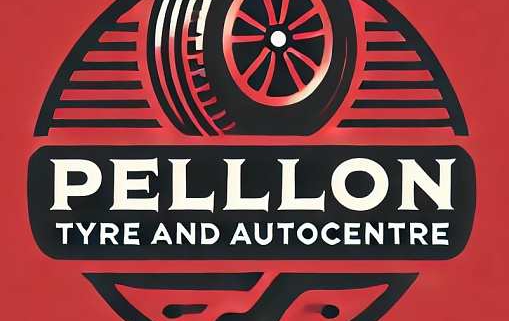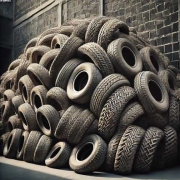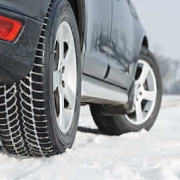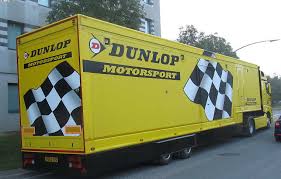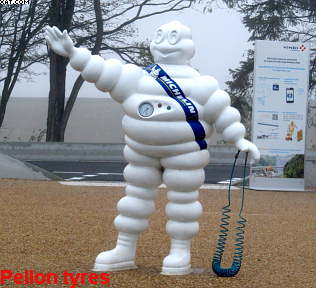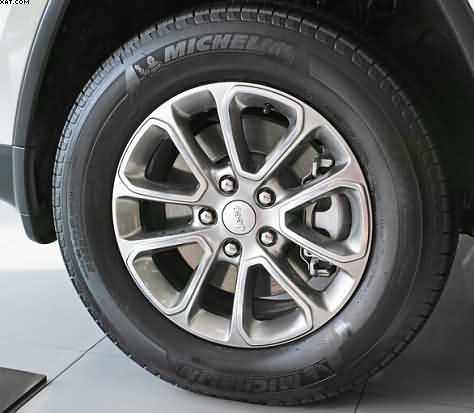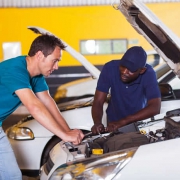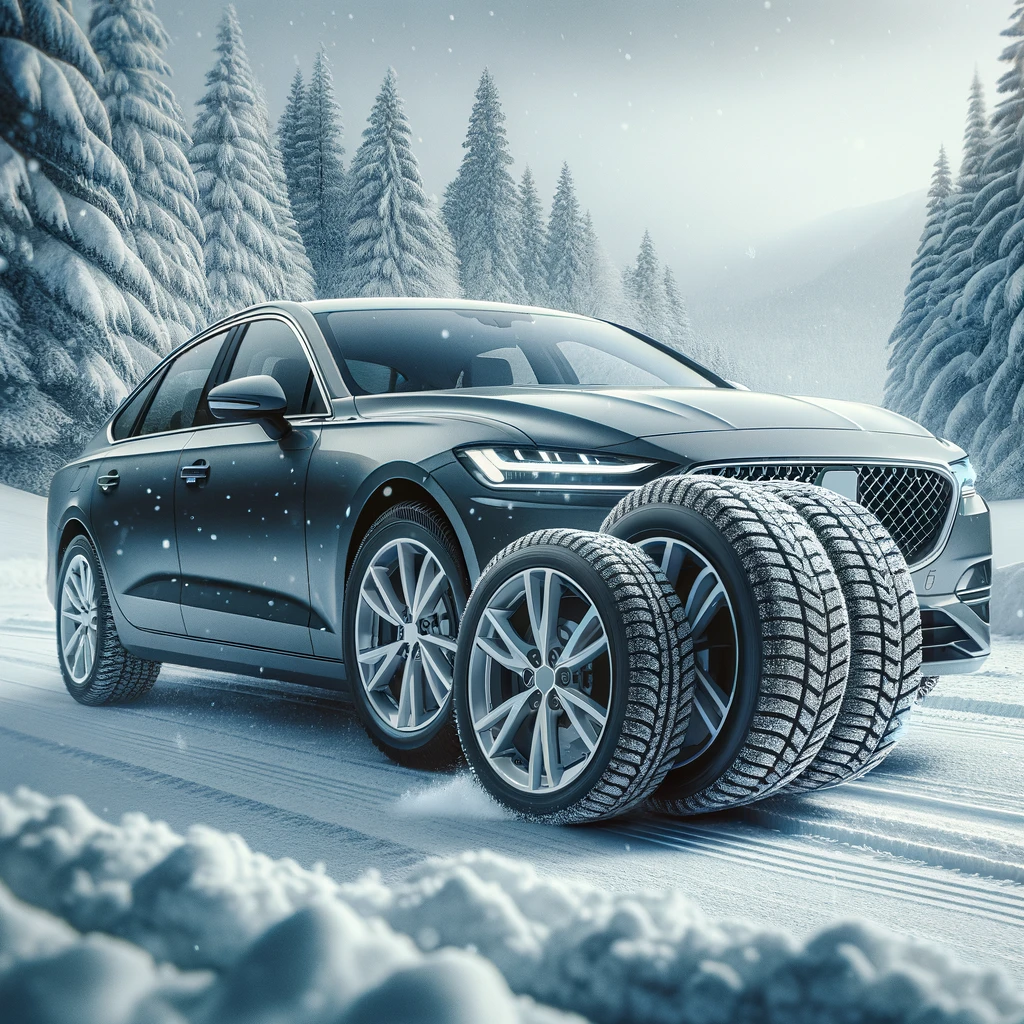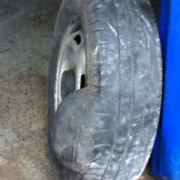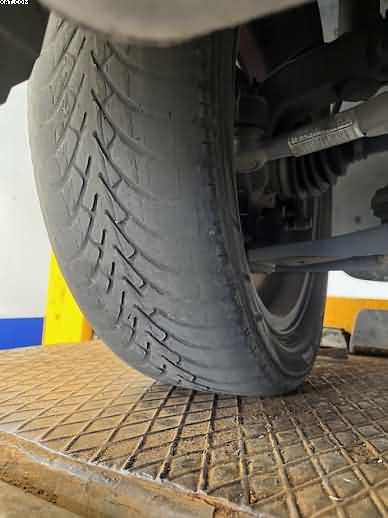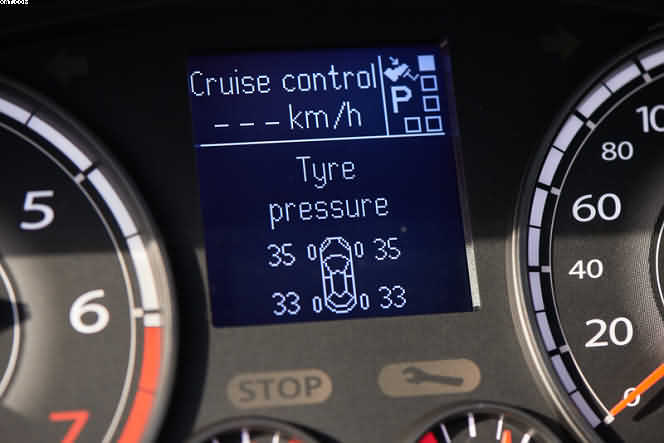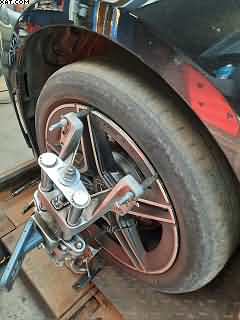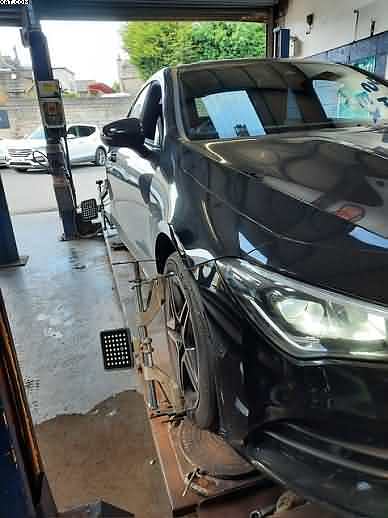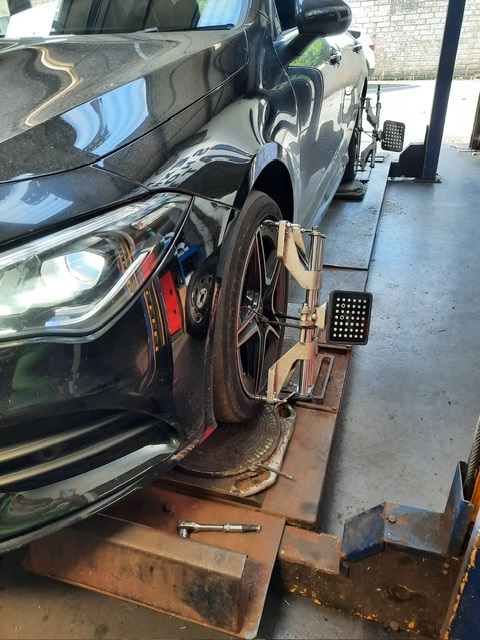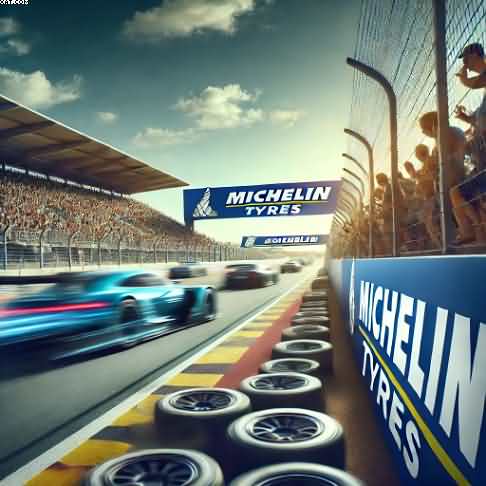Ten Year Old Tyres Ban
Table of Contents
Ten Year Old Tyres Ban
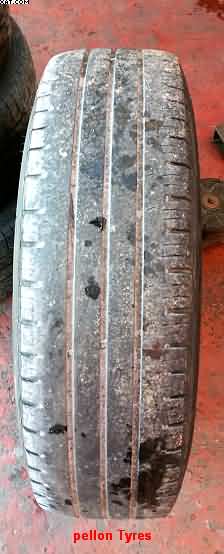
Ten Year Old Tyres Ban
Three people perished in September 2012 as a result of a coach’s devastating tyre breakdown. The accident investigator came to the conclusion that the front axle’s 19-year-old tyre’s advancing age was to blame for the failure.
This has come as no surprise to me.
As the owner of a tyre business, I can’t help looking at the tyres on vehicles that I pass. As a Huddersfield Town fan, I often go to away matches by coach. Some of these coaches are very old indeed. The tyres can be in bad condition. Personally, I have never been on a coach with tyre problems, but I have thought on many occasions that the tyres were an accident waiting to happen.
There was no forensic evidence. Ten Year Old Tyres Ban
available at the time to identify or characterise how the tyre’s construction had broken down throughout the course of its years of use. The Secretary of State for Transport did, however, warn coach owners and operators that tyres older than 10 years should no longer be used at the steering axle (front) of coaches or buses after the study.
In response to the Secretary of State for Transportation’s recommendation, the Department of Transportation authorised a thorough investigation. Thorough research and scientific advice have demonstrated that age affects the performance of numerous components of a tyre, all of which are essential to its overall integrity and road safety.
Ten-Year-Old Tyres Ban Ten-Year-Old Tyres Ban. Ten Year Old Tyres Ban
So, when looking at this recent change in the tyre law, I am a little bemused! In fact, this is the first time that I have ever heard of any problems with the age of tyres reaching ten years. Consequently, the problem looks like it has derived from the truck tyre market. As far as I know, this does not apply to car or van tyres.
Especially buses and the smaller minibus tyre market.
Of course, the attached article gives all the hard details. The fact that the vehicle had tyres older than ten years makes me assume that there was some sort of accident. I really do not know!
“The Impact of the UK’s Ban on 10-Year-Old Tyres”
Greetings, Have you been informed about the most recent regulation being implemented on our roadways in the United Kingdom? The focus is on tyres, notably those that are more than 10 years old. For many of us in Halifax and beyond, tyres may not be an exciting subject unless you share my passion for everything automotive. However, this recent prohibition has become a prominent subject of discussion, and rightfully so.
The intricate details of the ban
What is the situation? Effective immediately, buses, coaches, lorries, and minibuses are prohibited from operating on tyres over 10 years of age. You may be contemplating, “Well, that does not have an impact on my small vehicle.” Indeed, however, the paramount concern is road safety, which has a universal impact, does it not?
What is the reason for the ban?
As tyres age, their reliability diminishes, resembling the unpredictability of a bright day in Yorkshire. The likelihood of failure grows with age, irrespective of the remaining tread. Safety experts and thorough investigations support this decision, so it is not arbitrary. The primary objective is to mitigate accidents resulting from tyre malfunctions, which, candidly speaking, is the least desirable occurrence on our roadways.
Effects on Local Enterprises
For the local entrepreneurs operating transport businesses in Halifax and the surrounding areas, this prohibition necessitates additional effort and logistical planning. It pertains to doing routine inspections and closely monitoring the age of the tyres. Indeed, although it may involve additional inconvenience, if it results in a more secure voyage for all individuals, it is a negligible cost, correct?
What about we ordinary motorists?
Although the restriction does not specifically target personal vehicles, it serves as a significant reminder, doesn’t it? What is the frequency at which we inspect the age of our tyres? Likely as frequently as we recall to bring a reusable bag to the supermarket (indeed, I am also culpable!). However, it serves as a valuable reminder to thoroughly inspect the tyres, not just for tread depth but also for their age.
An Examination of the Broader Context
This action clearly demonstrates our transition towards prioritising road safety. It is not solely about speed limits and seatbelts; rather, it is the intricate details, such as the age of the tyres, that can have a significant impact. This initiative aims to enhance road safety, not only in Halifax or Yorkshire but throughout the entire United Kingdom.
Concluding
Therefore, the next time you are outside, perhaps consider the age of your tyres. To maintain a competitive edge in the transportation industry, it is crucial to conduct frequent inspections. It is essential to ensure the safety of our roadways, just as the comfort of a well-prepared cup of tea.
Ensure your safety while on the road, and if you have any doubts regarding your tyres, you can always reach out to me.
Drivers and operators of commercial and public service vehicles are being reminded that tyres aged over ten years fitted to the front-steered axles and all single wheels of minibuses will be illegal from 1 February
Source: DVSA to enforce ban on ten-year-old tyres from February – Garagewire
